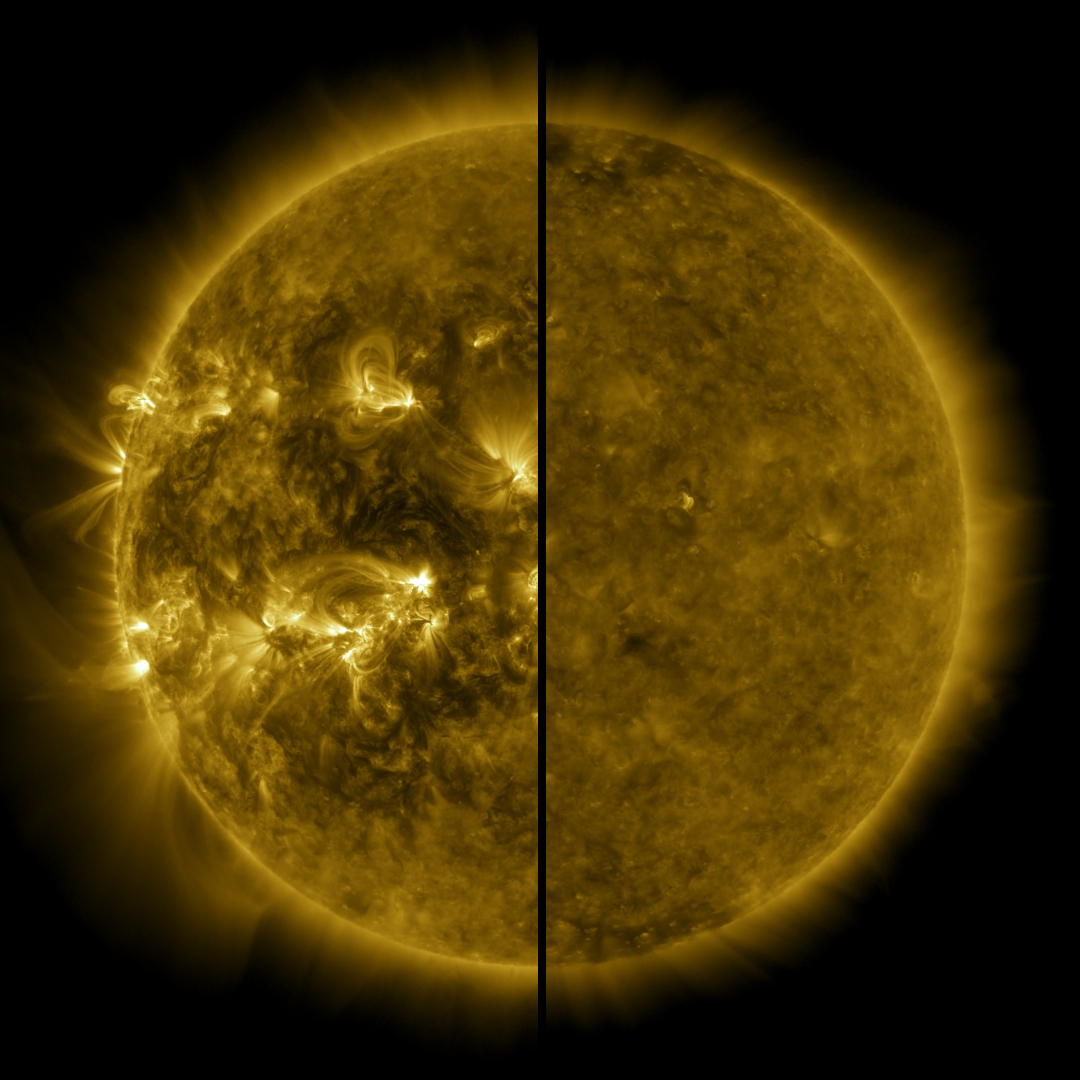Status Quo (NASA SILSO ESA) of the heliophysics community determined solar nadir occurred December 2019. Now they think we are in SC25 now.
My input: It will take a year for the sun to show significant increase because solar minimums have shown this before. Equatorial bands diminish while mid latitude bands increase at a slow rate. If I was big as the sun I wouldn't be in a hurry either lol. Lesson: don't get in a hurry. SC25 is slow to ramp up. The sun doesn't work based on consumer feedback "it should be stronger", "something isn't right because it's not doing what I want it to do".
Article Reference

 www.nasa.gov
www.nasa.gov
My input: It will take a year for the sun to show significant increase because solar minimums have shown this before. Equatorial bands diminish while mid latitude bands increase at a slow rate. If I was big as the sun I wouldn't be in a hurry either lol. Lesson: don't get in a hurry. SC25 is slow to ramp up. The sun doesn't work based on consumer feedback "it should be stronger", "something isn't right because it's not doing what I want it to do".
Article Reference

Solar Cycle 25 Is Here. NASA, NOAA Scientists Explain What That Means - NASA
Solar Cycle 25 has begun. During a media event on Tuesday, experts from NASA and the National Oceanic and Atmospheric Administration (NOAA) discussed their



